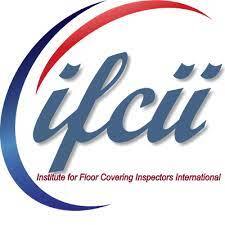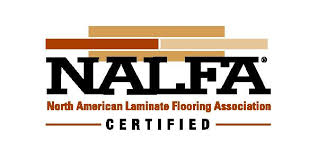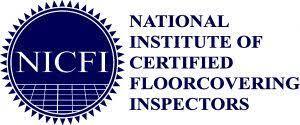Orange County’s Trusted Flooring Inspection Professional – Get Your Certified Inspection Today
- Expert Reports
- Expediting Available
- Fast, Reliable, and Accurate
- Certified Flooring Inspection Services
4.9 out of 5 stars from 57 reviews
Why OC Flooring Inspection is California’s Flooring Expert
With 25+ years of experience, OC Flooring Inspection is a California Licensed Contractor and Certified Inspector you can trust. We provide clear, detailed reports, fast response times, and expert witness services for claims and disputes.
California Licensed Tile and Flooring Contractor
Over 25 Years of Experience
Certified Inspector
Detailed, Easy-to-Understand Reports
Fast Turnaround and Responsive Service
Expert Witness Services for Claims and Disputes
Years in business
Hundreds of satisfied customers
About us
At OC Flooring Inspection, we specialize in certified flooring inspections across Orange County and Southern California. With over 25 years of industry experience, we’re proud to be a California Licensed Tile and Flooring Contractor providing expert, unbiased assessments for residential, commercial, and legal needs.
Our mission is to deliver fast, accurate, and easy-to-understand reports that help our clients make informed decisions—whether resolving disputes, verifying installations, or preventing costly repairs. Trusted by homeowners, contractors, property managers, manufacturers, and attorneys, we bring integrity, clarity, and professionalism to every inspection.
Services
Comprehensive Flooring Inspection & Expert Services
Unlock fast, flexible financing designed for your success. From working capital to credit lines, Dash Capital fuels your growth with smarter, hassle-free funding solutions
Flooring Inspections (Pre & Post Installation)
Flooring Claims & Disputes
Substrate/Subfloor Surveying
How It Works
What to Expect From Start to Finish
Schedule
Book your inspection online or by phone at a time that works for you. We offer flexible scheduling, including expedited service when needed.
Consultation
We’ll briefly discuss your concerns, flooring type, and property details to tailor the inspection to your needs.
Inspection
A certified inspector conducts a thorough on-site evaluation, checking installation, materials, subfloor, and moisture levels using professional tools.
Report
Within 48–72 hours, you’ll receive a detailed, easy-to-understand report with findings, photos, and recommendations—ready for personal use or legal claims.
Save time and
book a call with us.
Have a glance at the calendar and select a good time for you.
Our Experience Is Your Advantage
Hear what our incredible customers have to say!
“Thorough and knowledgeable. The inspector explained everything clearly and gave us peace of mind about our new floors. The report was detailed and easy to understand.”
Herman Miller
“OC Flooring Inspection helped us resolve a dispute with a flooring installer. Their findings were backed by clear evidence and professional documentation. Worth every penny.”
Isabel Gabalis
“Prompt, professional, and very responsive. They inspected our property within two days and delivered the report faster than expected. Highly recommend for real estate needs.”
Ashley Jones
“We had moisture issues no one could explain. OC Flooring pinpointed the problem with precision tools and a detailed moisture analysis. Excellent service!”
Carlos R.
“We needed expert witness support in a legal flooring case. Their report and testimony were credible and well-prepared. OC Flooring Inspection is our trusted partner.”
Ellen M.
“As a contractor, I count on their expertise before and after installation. They’re professional, objective, and always deliver high-quality reports. Great partner for quality assurance.”
Mike D.
FAQ's
What does a flooring inspection cover?
We inspect all aspects of flooring—including surface condition, subfloor integrity, moisture levels, and installation quality—based on industry standards.
How long does it take?
Most inspections take 1–2 hours on-site. Reports are typically delivered within 48–72 hours.
Can I use the inspection report in a legal case or claim?
Absolutely. Our certified reports are often used in legal claims and disputes, and we also offer expert witness services when needed.
What tools or equipment do you use?
We use professional-grade tools for moisture testing, substrate evaluation, and installation analysis—ensuring accurate, reliable results.
What is the cost?
Pricing varies based on property type and scope. We offer clear, upfront pricing over the phone—custom quotes available upon request.
Do you inspect all types of flooring?
Yes—we inspect hardwood, laminate, vinyl, tile, stone, carpet tile, engineered wood, and specialty surfaces upon request.
Do you inspect commercial and multi-unit properties?
Yes, we handle inspections for residential, commercial, and multi-unit buildings. For larger-scale projects, contact us for a custom quote.
When should I schedule an inspection?
Before or after installation, when issues arise, during real estate transactions, or whenever you need expert verification of flooring conditions.








